The Corsair Gaming K95 RGB Platinum Mechanical Keyboard Review
by E. Fylladitakis on March 7, 2017 8:00 AM EST- Posted in
- Peripherals
- Corsair
- Cherry MX
- Mechanical Keyboards
- RGB
The Corsair K95 RGB Platinum Mechanical Gaming Keyboard
The new Corsair K95 RGB Platinum is clearly based on the same aesthetic design as the rest of the K×× keyboards series, but is not physically identical to any of the previous K95 or K70 versions. It appears to be more of a hybrid between the two, designed to please the users who were complaining about the lack of macro keys on any K70 keyboard and found the K95 keyboards to be excessively large.
The Corsair K95 RGB Platinum features an anodized brushed aluminum chassis, with the keys secured directly on its surface rather than being embedded into it. Its “floating” design makes it very simple to clean, as a simple blow would remove most debris from the aluminum surface of the keyboard. The Corsair logo at the top of the keyboard is now part of a glossy plastic frame that is backlit.
The Corsair K95 RGB Platinum is a standard 104-key keyboard expanded with a six extra keys to the left. It does not fully adhere to the ANSI layout, as the bottom row of the keyboard has a 6.5× Spacebar, two 1.25× ALT, two 1.5× CTRL and three 1× WIN/Menu bottom row keys. The standard ANSI layout has a 6.25× Spacebar and seven 1.25× bottom row keys. This is the “gaming” layout that reduces the size of the unnecessary WIN/Menu keys in favor of the more useful CTRL/Spacebar keys. Corsair has been using this layout on all of their advanced keyboards. The keycaps are made from ABS plastic and have large, futuristic characters, while the Space Bar key is textured.
The extra six keys to the left of the main keyboard are grey, textured and contoured, much like the extra ten keycaps that Corsair supplies for gaming. As we will see in the following pages, these and any other keys of the Corsair K95 RGB Platinum can be programmed to execute virtually everything from simple keystrokes to advanced macros.
Four plastic media control buttons can be seen above the keypad, right below the silver volume control wheel. A short, wide button next to the volume control wheel is by default the volume mute button. Three similar buttons can be seen towards the left side of the keyboard as well. The first one can be used to rotate between programmed profiles, the second adjusts the backlight brightness and the third is the “gaming mode” that by default locks the WIN keys.
Beneath the keycaps we found the Cherry MX RGB Speed switches. The default MX Speed switch is a modified version of the classic MX Red switch, with its travel distance reduced by 0.8 mm. This offers faster actuation (1.2 mm to the actuation point instead of 2 mm) but also shortens the full travel distance of the key as well. However, things are not technically quite as simple as that. The actuation force remains the same (45 gram-force) while the distance is shortened by nearly 50%. While the travel of the key remains linear, the force per mm of travel increases at a much higher rate. As a result, the MX Speed switch feels significantly stiffer and stronger to the user, especially after the actuation point, and also resets faster than the classic MX Red switch. There is a version of the K95 RGB Platinum coming out with tactile Cherry MX RGB Brown switches as well.
The bottom of the K95 RGB Platinum is entirely unlike any other that we have seen from Corsair to this date. There are four very large anti-skid pads, firmly securing the keyboard into place on any surface. As a matter of fact, the grip of the pads is so strong that the tilt feet are being forced to retract if one tries to push the keyboard sideways while it is sitting on a desk. Two cable channels can be seen forming a large X. The designer’s idea must have been gaming headsets, as this design allows the headset cable to be cleanly routed underneath the keyboard.
A single USB 3.0 port can be found at the rear of the K95 RGB Platinum. Do note that both of the keyboard’s USB connectors need to be inserted for the pass-through port to function, even if the main connector is plugged into a USB 3.0 port. The second connector is not necessary for the keyboard itself to function properly if the main connector has been plugged into a USB 3.0 port, only the USB pass-through port will not function. If the main connector is plugged into a USB 2.0 port, the use of both connectors becomes a necessity, as the keyboard’s power requirements technically exceed the capacity of a USB 2.0 port.
On the inside, the K95 RGB Platinum is similar to the K70 RGB, but is using an upgraded and significantly more complex layout. The heart of the keyboard is a NXP LPC11U68JBD100 microprocessor, an ARM Cortex-M0+ based chipset with a CPU frequency of 50 MHz, 256 kB Flash memory, 4 kB EEPROM and 36 kB SRAM. Corsair most likely selected this particular chip not because of its processing power but because of its impressive internal flash memory. An extra SPANSION FL164K 8MB memory chip can be found nearby, which is being used to store the onboard programmed profiles.



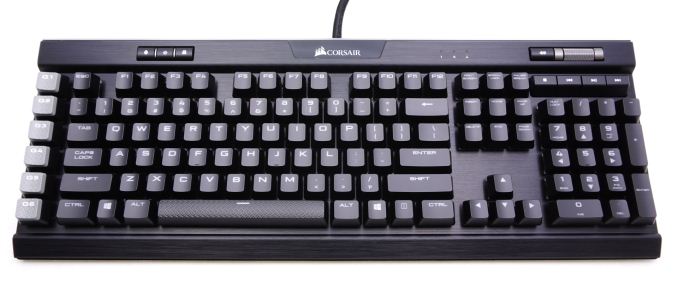
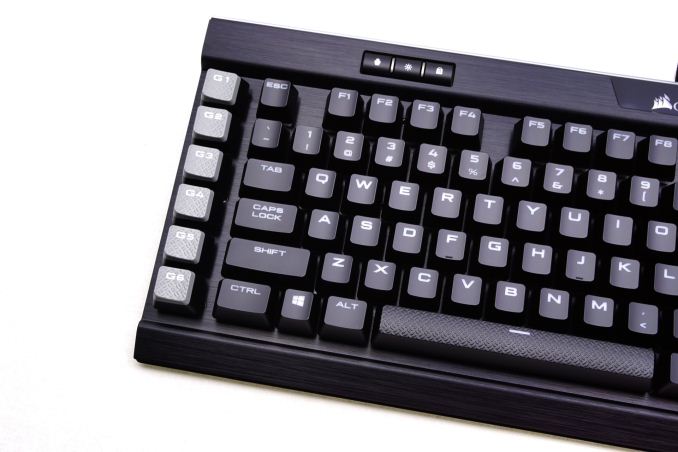
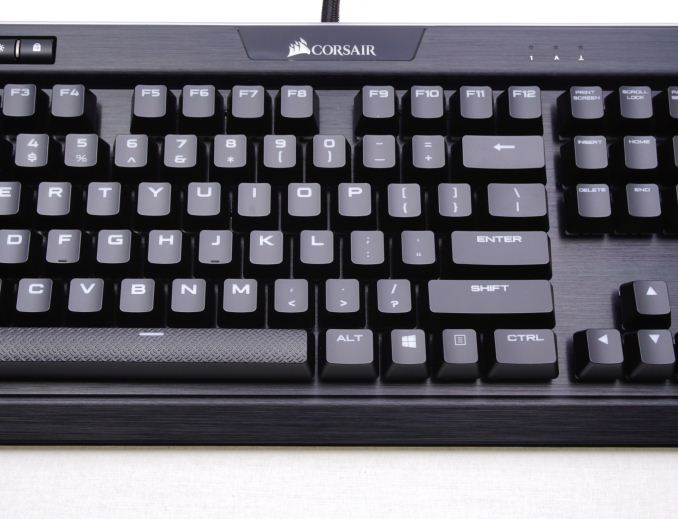
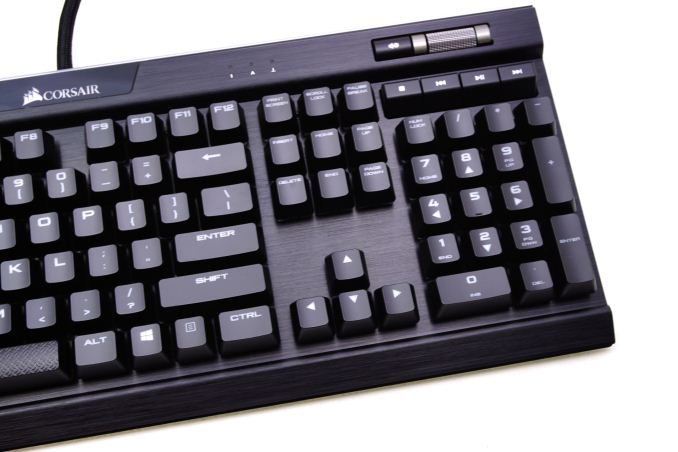
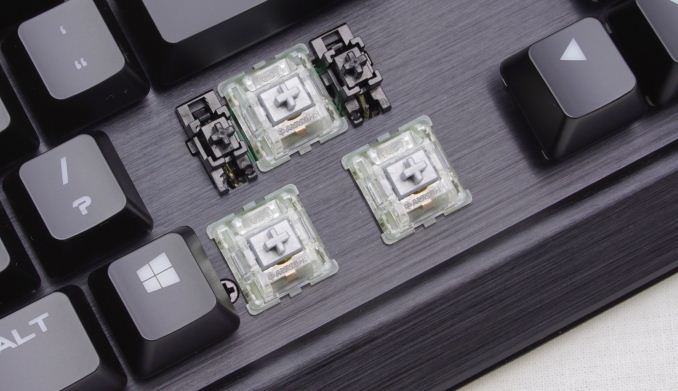


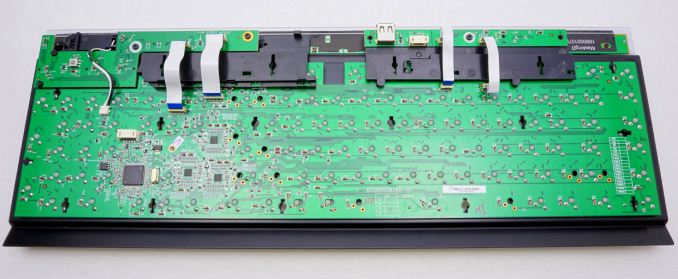
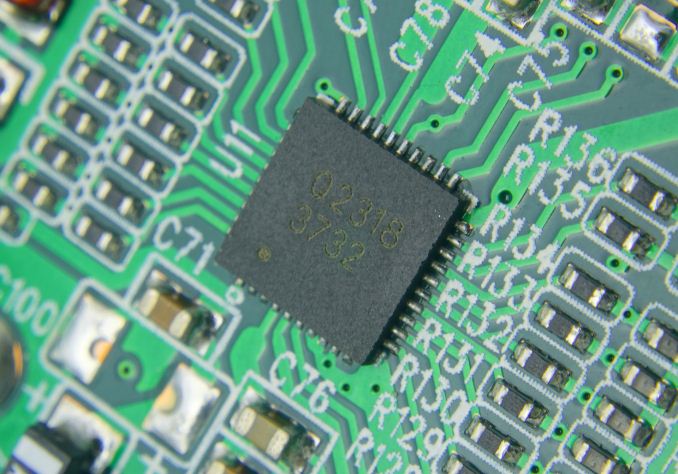
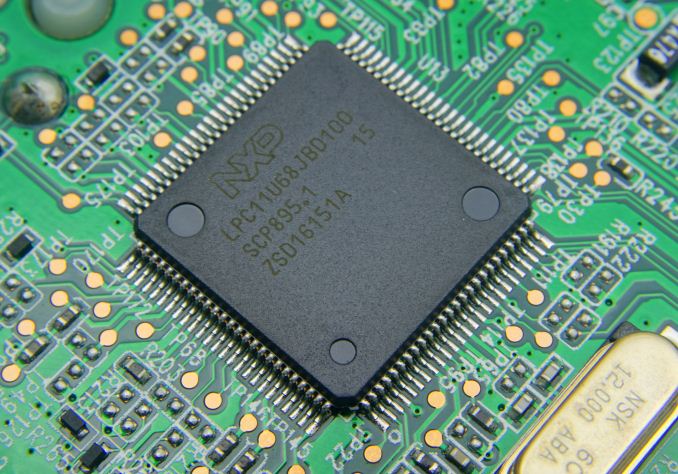
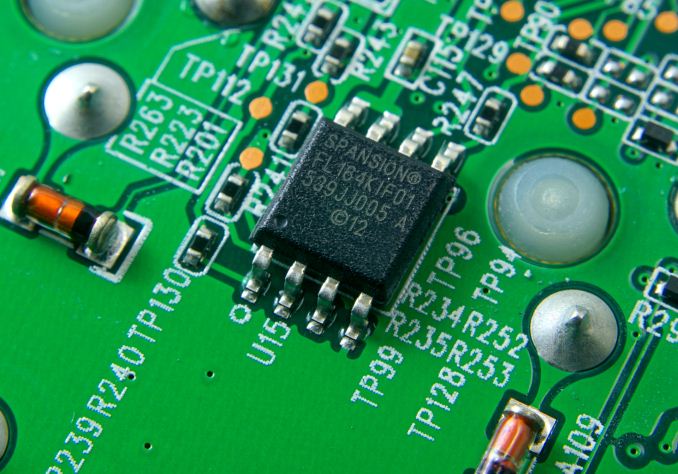








37 Comments
View All Comments
zeeBomb - Tuesday, March 7, 2017 - link
This is a keyboard I'll probably never be able to own...qqlyeoh - Thursday, March 9, 2017 - link
What's the min/avg/max latency/input lag in milliseconds?If any of you are about to respond by mentioning the USB polling rate or similar it proves you don't know what you're talking about on this subject.
Because saying the USB polling rate is high and thus the input lag has to be low is like saying monitors with a high refresh rate will always have low input lag. And that's not true: https://displaylag.com/display-database/
Sarchasm - Friday, March 10, 2017 - link
That's an inaccurate comparison, and your instinct to compare it to monitors by posting a generic link rather than simply explain the need for response time information points to you not really understanding what it means either. Polling rates can help significantly (you're far more likely to register an input within the same frame with a 1ms polling rate vs. 10ms), but there are other considerations to that (such as whether the peripheral's controller keeps the polling window open, or simply polls at intervals).This is all functionally irrelevant though. Anyone asking this question seriously is looking for a reason to blame their equipment for their performance, when the margin of error is far more likely to be their own lack of response time and in-game skill. It's essentially a null factor - even in LAN play.
lyeoh - Monday, March 13, 2017 - link
1) Yes polling is important HOWEVER we're talking about gaming keyboards (as per the article) so the polling should already be at the max (1000Hz). If a USB keyboard is polling at low rates it's effectively not a gaming keyboard, or something is wrong (OS etc).2) There really are significant differences in keyboard latencies: wwwXblackboxtoolkitXcom / responsedevices.html
wwwXpstnetXcom /eprimedevice.cfm (broken links due to anandtech spam filter)
So far I have not seen any independent measurements proving that gaming keyboards are all practically the same with respect to latency, so are we supposed to take it by faith?
3) Even if you can't get the absolute numbers you can get relative numbers by comparing each keyboard with the same mouse- e.g. use the same mechanical setup to press the spacebar on the keyboard AND the mouse button at the "same" time. See: pastebinXcom/cckQWRwP
You can record the sound of the presses at 48KHz and view the recording to adjust things so that the clicks are truly close to the same time.
Then after doing a number of measurements you can swap the keyboard with other keyboards and compare the results. For example, I have a logitech PS/2 keyboard that is really slow (50ms slower than my mouse!), and I had a Kalashnikov AK990i keyboard that was faster than the Logitech BUT still slower than my a4tech X7 G800V (which has stuck key issues).
4) You claim it's a null factor "even in LAN play" and yet the evidence is against you.
Even 30ms is significant in the twitch gaming world. If everyone has ping times of >500ms then 30ms is not significant. But in LAN play it's like someone playing on the LAN with a ping of 2ms against a someone with a ping of 32ms.
Where are the benchmarks proving the latency differences for these gaming keyboards are insignificant? Thus my original question.
5) Last but not least your claim that I'm trying to blame my equipment for my performance is impolite and not a valid nor proper argument. If you choose to argue at this level you have little to contribute to a proper technical discussion.
Irishgamer01 - Thursday, April 6, 2017 - link
NICE RGB, BUT TRUELY AWFUL AS A KEYBOARD.CONSIDERING THE COST. AVOID.
OBVIOUSLY I OWN ONE.
Glenwing - Thursday, December 28, 2017 - link
Typo in the second sentence:"and used it to create the a keyboard regardless of the cost."
Glenwing - Thursday, December 28, 2017 - link
Second sentence of the conclusion I mean